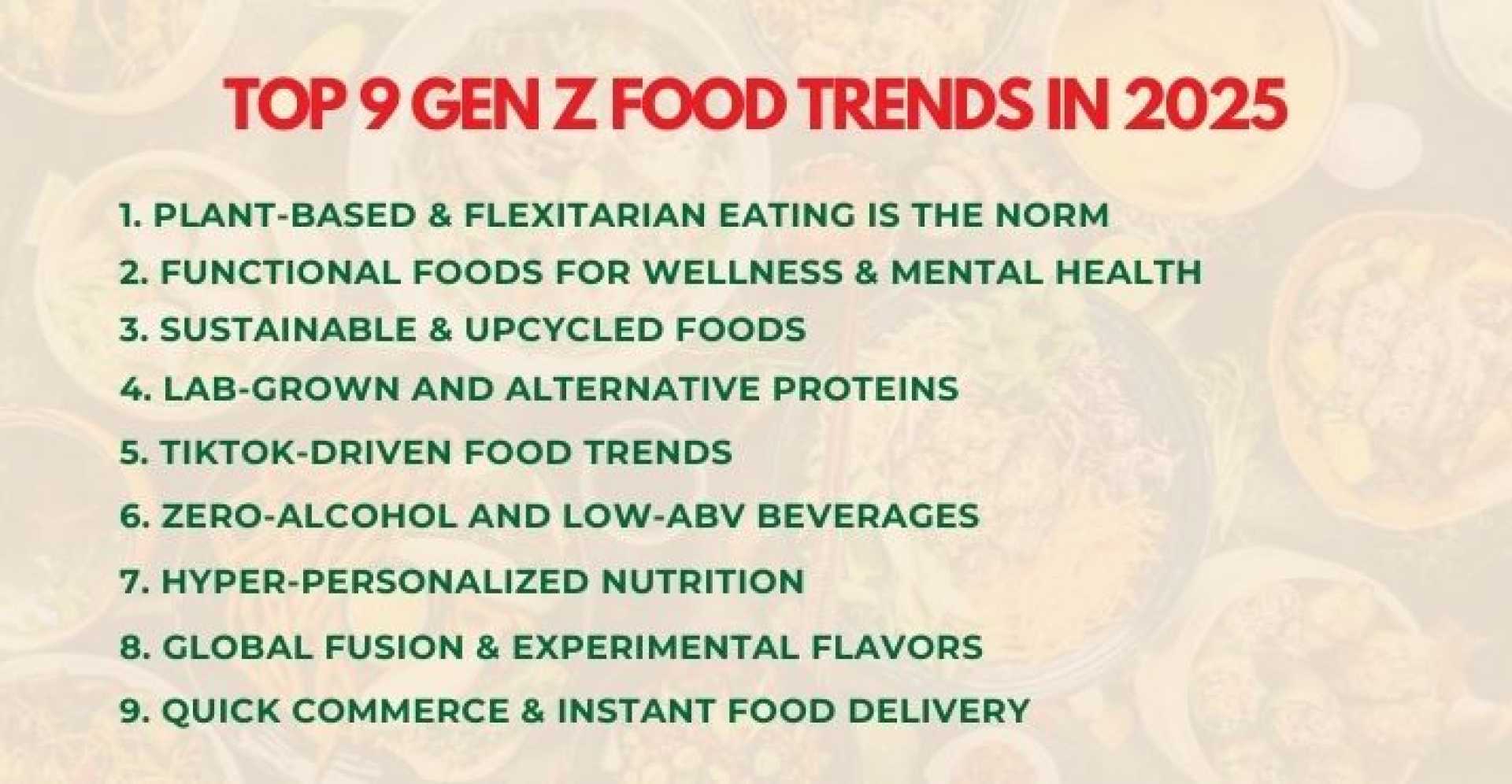Business
Gen Z’s Rising Food Delivery Costs Despite Financial Hurdles

Toronto, Canada — Many members of Generation Z are spending thousands of dollars on food delivery apps like Uber Eats, despite facing financial challenges. This trend was exacerbated during the pandemic when Kanchi Uttamchandani, a 28-year-old manager of a Toronto-based non-profit, began using food delivery to cope with stress. ‘It was a very depressing time,’ she said. ‘I turned to food and it became a source of comfort.’
As she worked remotely, Uttamchandani justified her frequent orders by claiming she was supporting local businesses. ‘It’s almost like a gamified app, like window-shopping in my area,’ she explained. Her reliance on the service grew, and she estimates she spent around $10,000 on food delivery that year. ‘Before long you’re racking up huge credit-card statements,’ she added.
According to a global food services platform, about 65 percent of Gen Z regularly use third-party delivery apps. A study conducted by UNiDAYS in 2017 revealed that 78 percent of Gen Z students spent the majority of their disposable income on restaurant deliveries. This translates to an average spending of $210 a month on food delivery—significant for a generation struggling with high living costs and a weak job market.
Uttamchandani eventually broke her food delivery habit by exploring cooking as a new hobby. ‘It took me a year to fully understand the weight of my choices and turn things around,’ she said. Now, while she still enjoys the occasional Uber Eats order, cooking has become a more affordable and satisfying alternative.
The influence of social media also plays a critical role in Gen Z’s spending habits. A recent survey from Datassential revealed that 77 percent of Gen Zs have bought food solely because they saw it online. Stacy Yanchuk Oleksy, CEO of Money Mentors in Calgary, noted that many in this generation feel pressured to maintain a lifestyle comparable to their peers. ‘If everyone is putting out a certain image of their life on social media, then you’ve got to keep up,’ she said.
Ingrid Kucera, a 25-year-old financial advisor with Assante Wealth Management, acknowledges her own reliance on food delivery apps. ‘It’s so easy to tap on your phone instead of going to the grocery store and planning your meals,’ she remarked. Each meal can cost between $30 and $50, making a $10,000 annual spend common among her Gen Z peers.
Kucera associates this behavior with the ‘lipstick effect,’ where consumers indulge in small luxuries during tumultuous economic times. ‘With the younger generation, saving for retirement, owning a home— it feels out of reach. Ordering that food is their luxury,’ she explained.
Aseel Elbaba, a financial therapist from Toronto, pointed out that convenience can often lead to overspending. ‘It’s becoming a leading value system for society that is dealing with high stress from uncertainty in the economy,’ she stated. ‘The pain-free payments create a disconnect between customers and their spending.’
Financial experts suggest strategies such as saving 20 percent of income from the moment it’s received and using gift cards for food delivery to control expenses. ‘With a credit card, you basically have no limit,’ Kucera cautioned. For Gen Zers hoping to save for future goals, these adjusted spending habits are crucial.












